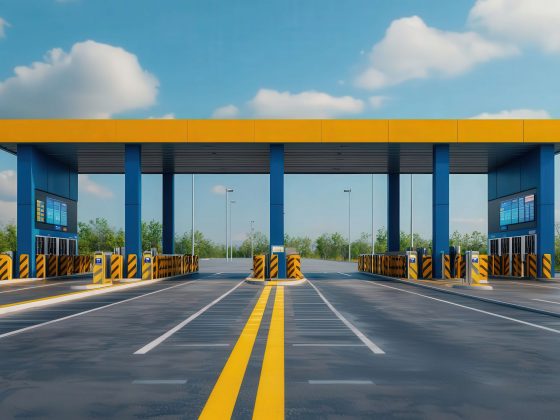Use eTags© to Quickly Complete Your DMV Service. Renewals, Title Transfers and More, All Online!
Updated: March 19, 2020
According to the AAA Foundation For Traffic Safety, nearly 80% of drivers expressed significant anger, aggression or road rage behind the wheel at least once in 2016. Your online registration renewal company learned 51% or 104 million drivers reported to purposefully tailgating.
Consider this next alarming statistic about collisions due to tailgating. The National Highway Traffic Safety Administration indicates that 23% of all motor vehicle crashes are rear-end collisions, leading to 2,000 deaths and 950,000 injuries every year.
With longer commutes nationwide, including 27 more minutes in a one-way commute for the average American, traffic jams and daily stresses, it’s no wonder driving safety is becoming a hot topic. From buckling up campaigns to driver safety management specialty firms to organizations such as MADD, driving safety is a big priority in urban cities across the U.S.

Driving safety also include personal safety, because things can escalate when people engage in aggressive behavior. In fact, the AAA Foundation For Traffic Safety says 7.6 million drivers got out of another vehicle to confront another driver. 5.7 million drivers bumped or rammed another vehicle on purpose.
Tailgating is dangerous for everyone involved: the driver tailgating, the driver getting tailgated, passengers in both vehicles, and surrounding vehicles too. It takes a vehicle traveling at 60 mph a minimum of 240 feet to come to a full safe stop. The first 60 feet is the time it takes you to realize that you need to stop, and the next 180 feet is for the vehicle to completely stop. If the road is wet or your vehicle is over-sized,, you need even more distance to safely stop. So what should you do to stay safe when someone is tailgating you?
First, remember you’re not in control of someone else’s actions so remain calm and never respond in anger. If traffic suddenly slows down, there’s a possibility that the driver behind you crashes into you, so what you can do is gradually speed (as long as you’re not speeding above limit) up or if you can, change lanes.

If you don’t feel safe to drive in the current traffic flow, move over to a slower lane. The left lane in most states is reserved for passing and faster moving traffic, so driving over to the right can help in a tailgating situation. If you choose to change lanes, make sure you slow down. No slamming on brakes or swerving into next lane.

If you notice people driving faster than you are, change lanes safely before they even get the chance to tailgate you. Just get out of the way, there may even be a reason they’re speeding such as an emergency you’re not aware of.
Never make eye contact or instigate by honking at someone who’s tailgating. They’re already aggressively driving, the last thing you want to do is add fuel to the fire. Do not yell at them, do not do any obscene gestures to aggravate them, just continue driving calmly and let them pass you by.








